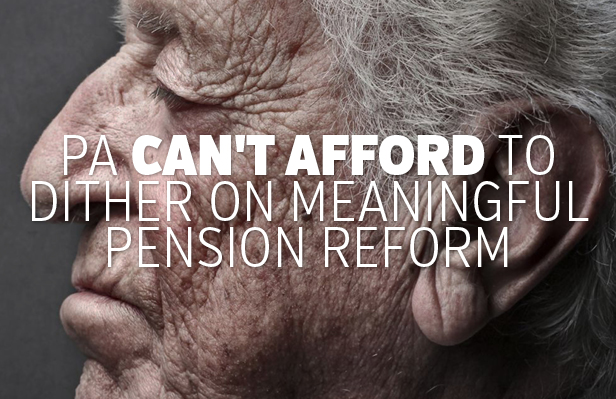Media

Abysmal Investment Returns for Pension Fund, Taxpayers on the Hook
In the past six years, Pennsylvania taxpayers’ unfunded pension liability has more than doubled from less than $30 billion to $63 billion.
While the legislative debate over reform continues, Pennsylvania taxpayers and state workers are sinking deeper into the pension crisis. A recent Moody’s report on state pension liabilities concludes states with large gaps, like Pennsylvania, will be forced to direct more money toward their pension systems just to keep unfunded liabilities from growing. That means fewer dollars for schools, roads, and other basic services.
A big reason for the growing funding gap is lower than expected investment returns.
The State Employee Retirement System (SERS) assumes a 7.5 percent rate of return for investments, but the actual rate of return was only 0.4 percent in 2015. In the first half of 2016, SERS reported a 2 percent investment return.
The much larger Pennsylvania State Education Retirement System (PSERS) isn’t fairing much better. The fund earned just 1.29 percent for the fiscal year, ending June 30th. Recognizing the reality of today’s economy, the system reduced their assumed rate of return from 7.5 percent to 7.25 percent starting July 2016.
Unfortunately,
By December, the Senate crafted a side-by-side hybrid pension model. The hybrid model allowed new employees have both a (smaller) defined benefit pension and a defined contribution plan from dollar one. While less than ideal, the plan would significantly reduce taxpayer risk, a step in the right direction.
In June, a different reform proposal passed the state house. This stacked-hybrid plan includes a defined benefit plan for workers until they reach $50,000 in salary (or 25 years of service), followed by a defined contribution plan. However, the $50,000 threshold would increase by 3 percent annually–greatly limits the number and extent of employees participating in the defined contribution plan.
There’s no question pension reform is urgent. Lawmakers must prioritize proposals with a stronger defined contribution component while preventing political manipulation of pension payments. Anything less will keep government budgets squeezed and taxpayers exposed to tremendous risk.